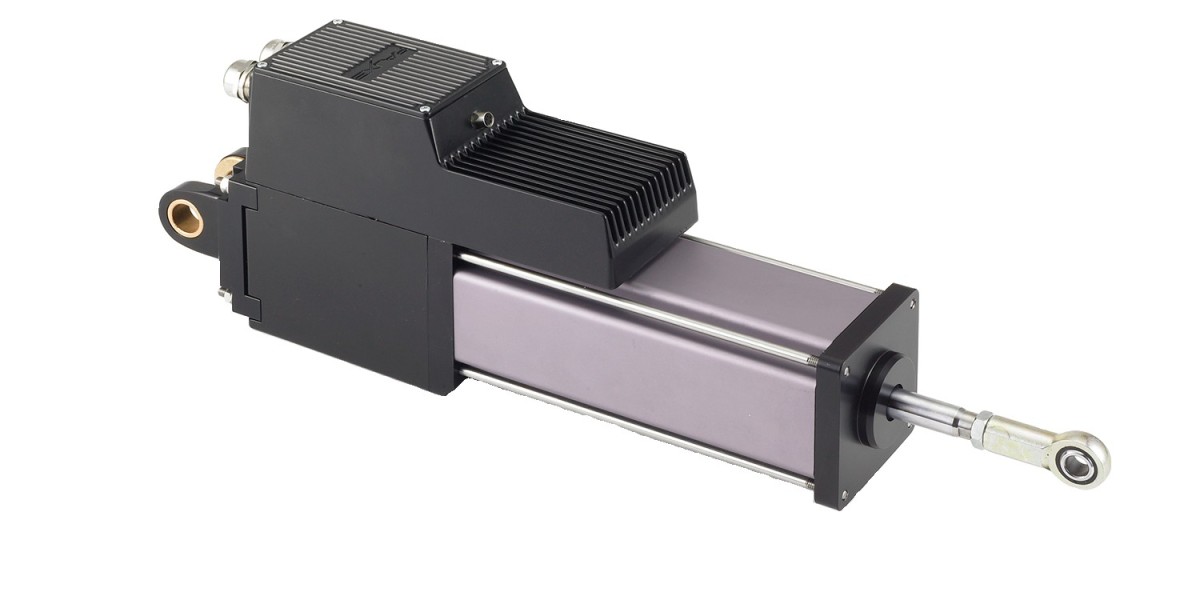The automotive industry has witnessed considerable advancements over the past few decades, with the integration of smart technology and sophisticated components playing a pivotal role in shaping the future of mobility. Among these components, actuators—devices that convert energy into mechanical movement—have become indispensable in modern vehicles. Automotive actuators are used in various systems, from braking and steering to climate control and engine management. Despite the growing demand for these devices, the automotive actuator market faces several barriers that hinder its progress and limit its potential.
1. Technological Complexity and Integration Challenges
One of the primary obstacles facing the automotive actuator market is the technological complexity involved in integrating these systems into vehicles. Automotive actuators often require seamless communication with other vehicle components, such as sensors, control units, and motors. Ensuring compatibility and achieving precise coordination between these components is a significant challenge for manufacturers.
Moreover, as vehicles become increasingly advanced with features such as autonomous driving, electrification, and connected systems, the demands placed on actuators continue to evolve. This creates the need for actuators that can perform multiple functions simultaneously, in real-time, and with utmost reliability. The development of actuators capable of meeting these requirements involves intricate research and development, which can be time-consuming and costly.
2. High Production and Development Costs
Manufacturing automotive actuators requires specialized materials, precision engineering, and significant investment in research and development (R&D). As vehicle designs become more complex and energy-efficient, actuators must be tailored to meet these evolving requirements, adding to production costs. The need for specialized components, such as sensors and controllers, further increases the cost of development.
This cost burden often leads to pricing pressures for automakers, particularly in the highly competitive mass-market vehicle sector. As manufacturers strive to balance cost-effectiveness with quality, they may face difficulties in keeping actuator prices competitive while ensuring they meet industry standards for safety, reliability, and performance.
In addition to material costs, the need for ongoing testing and validation to meet stringent regulatory and safety requirements also adds financial strain. The automotive industry is under constant scrutiny, and ensuring that actuators comply with environmental and safety regulations can delay market entry and increase overall expenses.
3. Market Fragmentation and Competitive Landscape
The automotive actuator market is characterized by intense competition, with a large number of suppliers and manufacturers operating in a fragmented landscape. This fragmentation makes it difficult for companies to establish a dominant market position, as the entry of new players with innovative actuator technologies further intensifies competition. Additionally, the market is often divided based on the types of actuators (e.g., electric, hydraulic, pneumatic) and vehicle applications (e.g., powertrain, braking systems, interior controls), further complicating the dynamics.
For companies attempting to break into the market, differentiating their products from those of well-established players becomes a challenge. Innovation is crucial, but developing unique and effective actuator technologies that meet industry demands for both performance and cost-efficiency requires substantial investment. Without a clear competitive advantage or strategic partnerships, new entrants may struggle to achieve sustainable growth.
4. Supply Chain Disruptions and Raw Material Shortages
The automotive actuator industry, like many other sectors, is vulnerable to disruptions in the global supply chain. The ongoing global shortage of critical raw materials, such as semiconductors, has affected the production of various automotive components, including actuators. Semiconductor chips are essential for the proper functioning of electronic actuators, which have become increasingly common in modern vehicles. Delays in the availability of these components can lead to production bottlenecks, hampering the timely delivery of actuators.
Moreover, geopolitical tensions and trade barriers can further disrupt the global supply chain, complicating the procurement of materials necessary for actuator production. Manufacturers are faced with the challenge of maintaining a steady supply of raw materials while also adapting to rising costs and logistical hurdles. As the automotive industry moves toward electric vehicles (EVs) and autonomous systems, the need for reliable and sustainable sourcing of raw materials will only intensify, adding additional complexity to the production process.
5. Regulatory and Safety Compliance
Automotive actuators play a critical role in ensuring the safety and performance of a vehicle. As a result, manufacturers must navigate a complex web of regulatory standards and safety certifications before their products can reach the market. Meeting these standards requires continuous monitoring of evolving legislation across various regions and adapting products accordingly. This regulatory burden can slow down the pace of innovation and increase the time-to-market for new actuator technologies.



